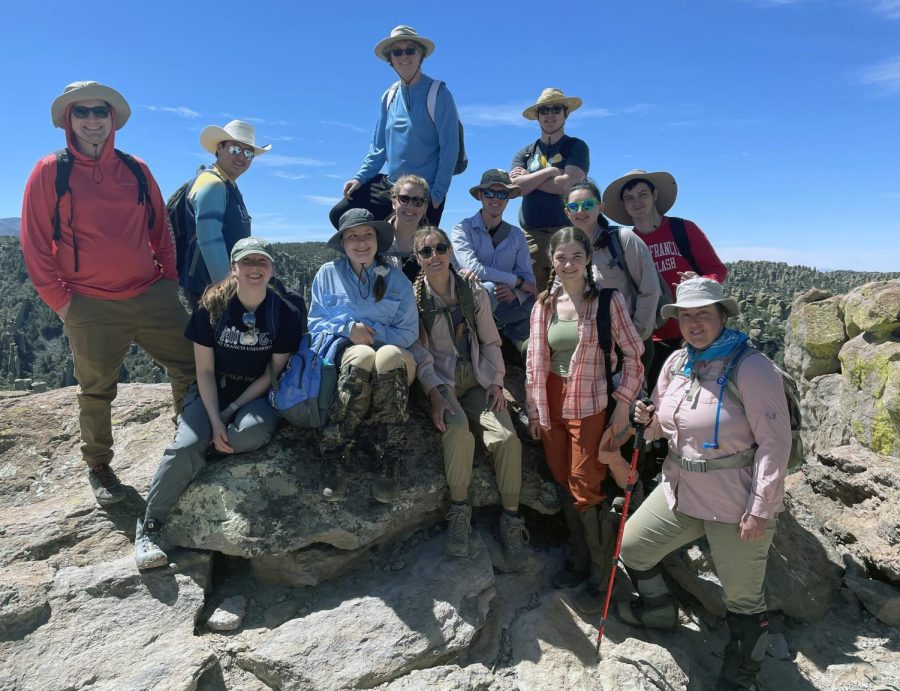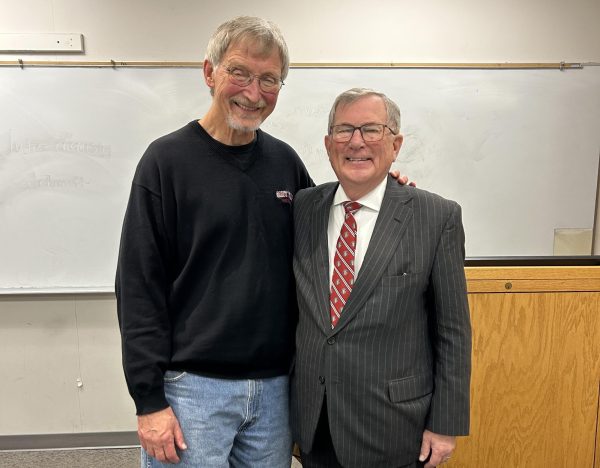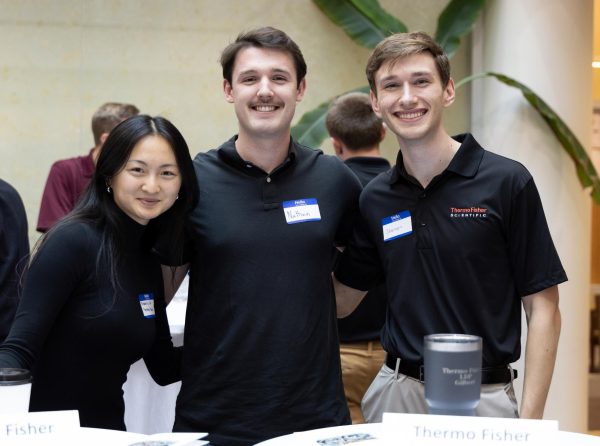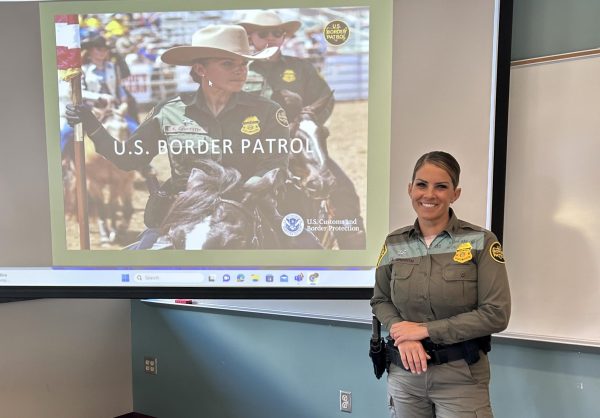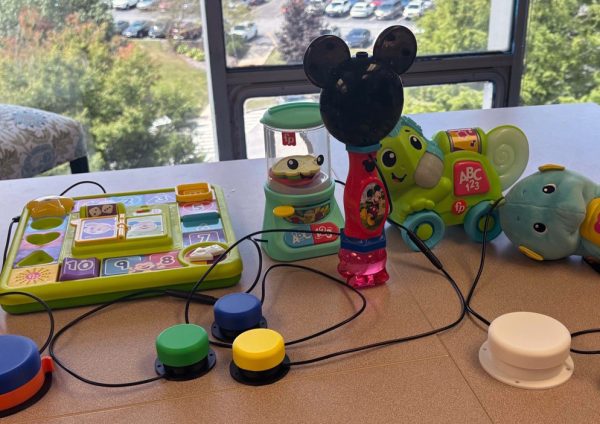Biology Students Conduct Field Research in Arizona Over Easter Break
Students enrolled in Field Biology (BIOL 322) visited the Chiricahua Mountains in southeastern Arizona over Easter break to gain more experience in field research techniques.
Two faculty members and 12 Biology students flew to Arizona before driving to the mountain range, one that stretches into northwest Mexico. The students were introduced to a new ecosystem, one in which they conducted field biology experiments.
“Most of the students that come here to SFU have grown up in this region – in an Eastern deciduous forest habitat,” said Gail Drus, an associate professor of Biology and instructor of BIOL 322. Drus accompanied the students on the trip.
“But they don’t know what a desert really is.”
The trip to the Chiricahua Mountains allowed the students to gain more experience with other habitats.
“You get some nice little islands of biodiversity right where the mountains are that you wouldn’t see in the regular desert,” said Lane Loya, a professor of Biology who also went on the trip.
“You’ve got a nice mixing of some deciduous trees, some conifers and your traditional desert plants – a kind of transitional zone.”
While in Arizona, the students broke into groups of three and performed two different projects throughout the week.
“The night before each project, I gave them an ecological prompt,” said Drus.
“The next day, they have to collect data in the morning, analyze data in the afternoon, build a presentation, and give the presentation that evening.”
The trip wasn’t all work for the students. There was also time for exploration of the area during the week-long getaway from Loretto.
“It’s a little bit of ecotourism,” said Loya. “It’s a little bit of hiking, a little bit of traveling to see some of the geological sites there, some bird watching, and some general nature exploration.”
While the field trip is always a part of the Biology Department’s BIOL 322 course, the trip is not always to the Chiricahua Mountains. It rotates between Arizona, South Carolina and the Galapagos Islands.
“It’s a great program,” said Drus. “I’m very proud of what we’ve done with it and I’m excited to hopefully expand it to more sights.”
